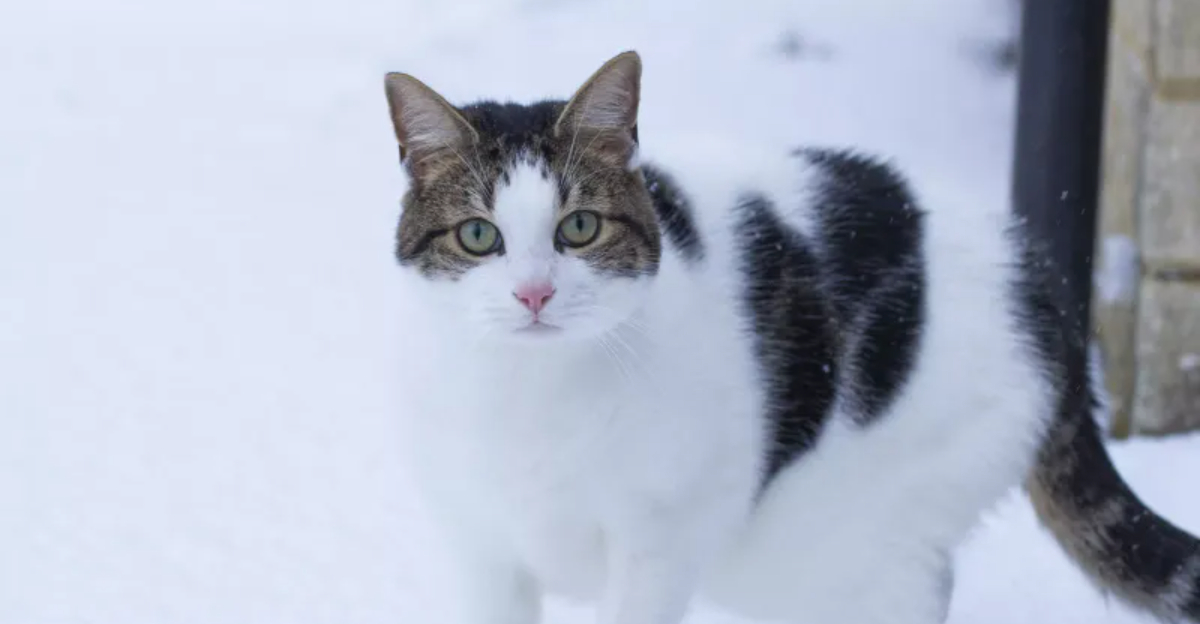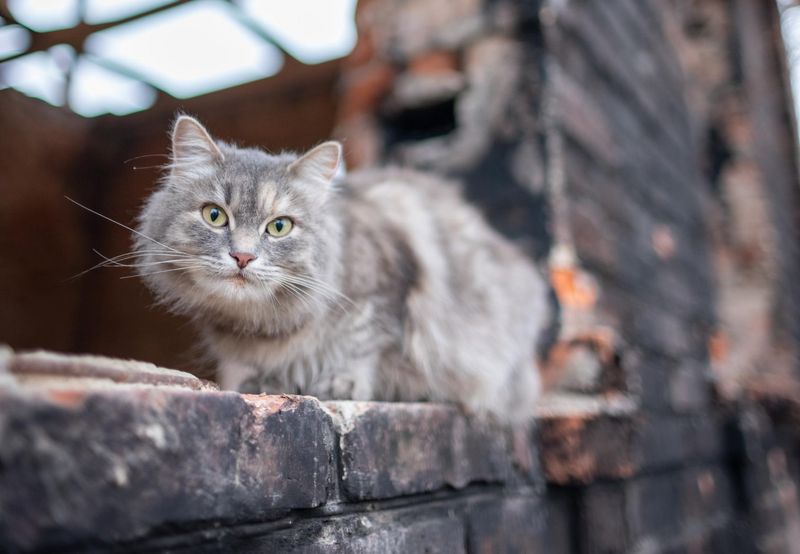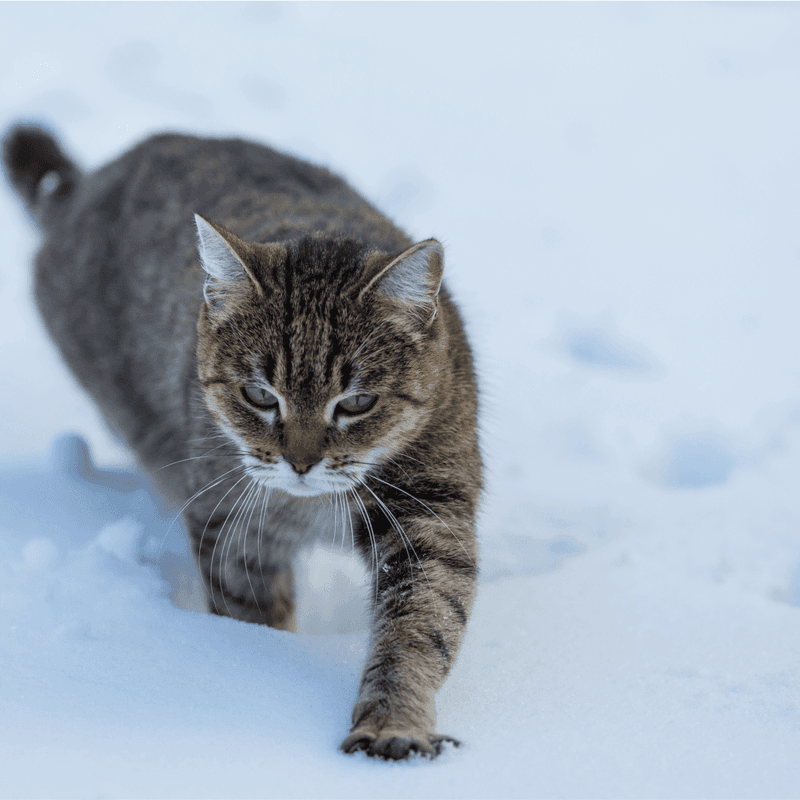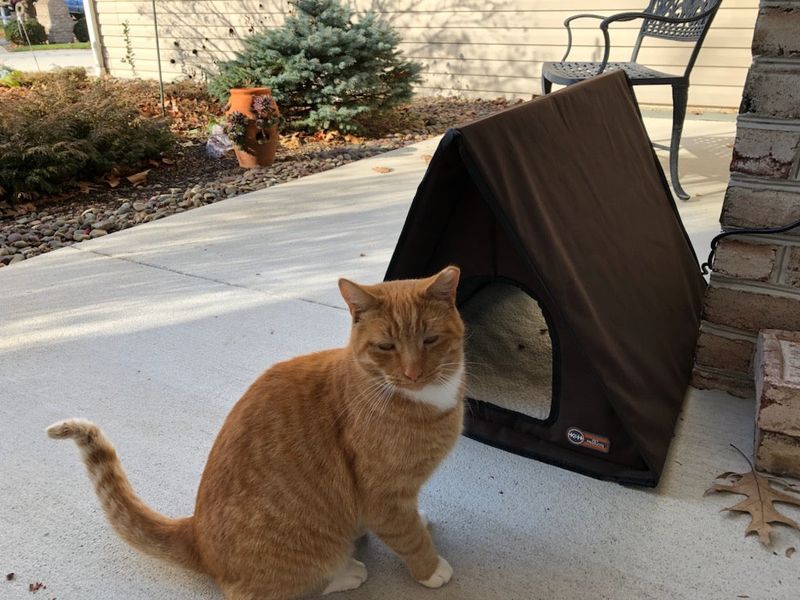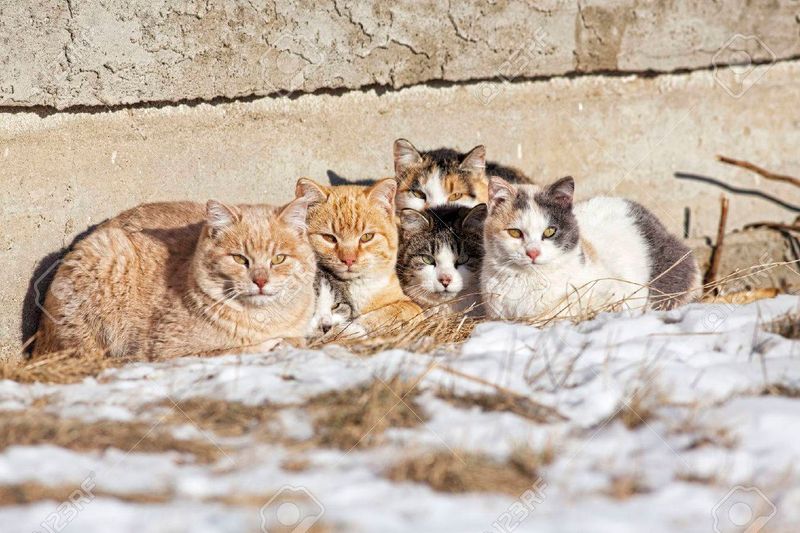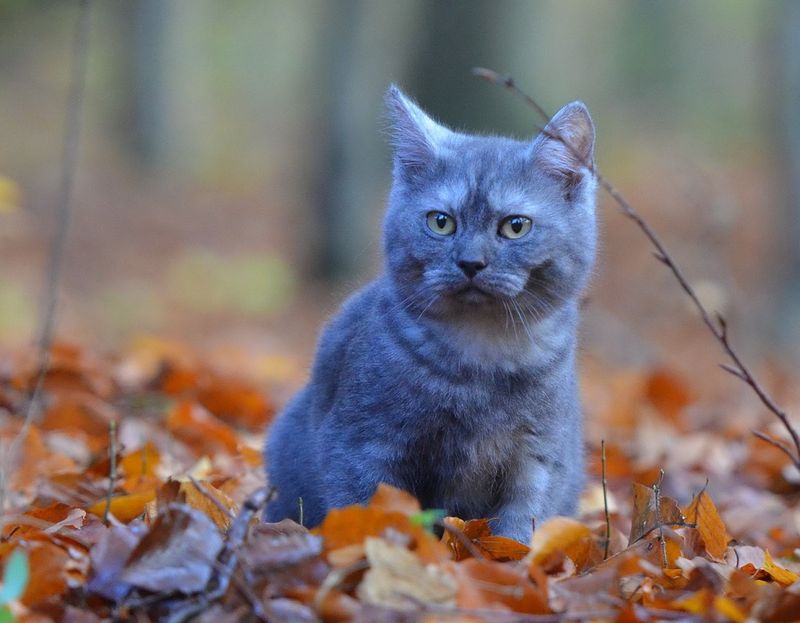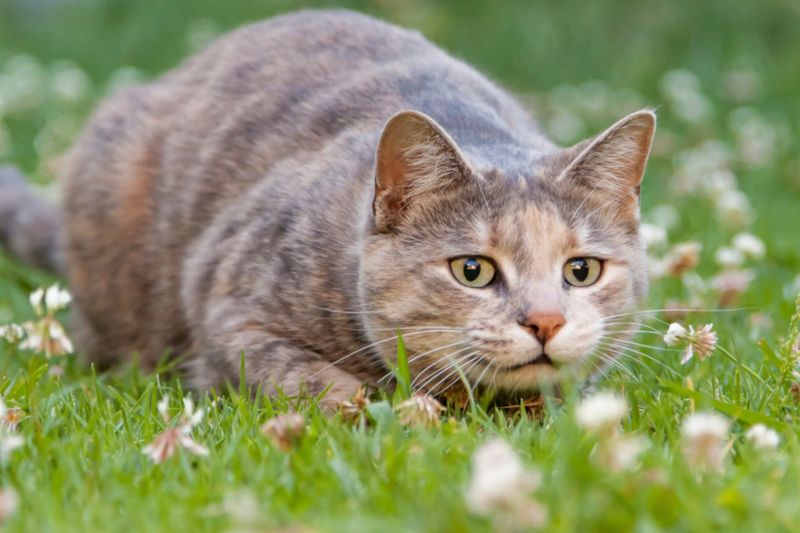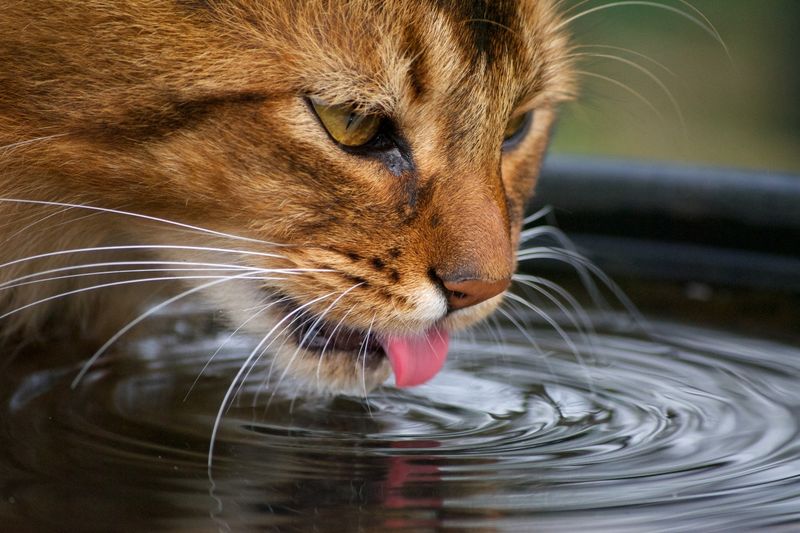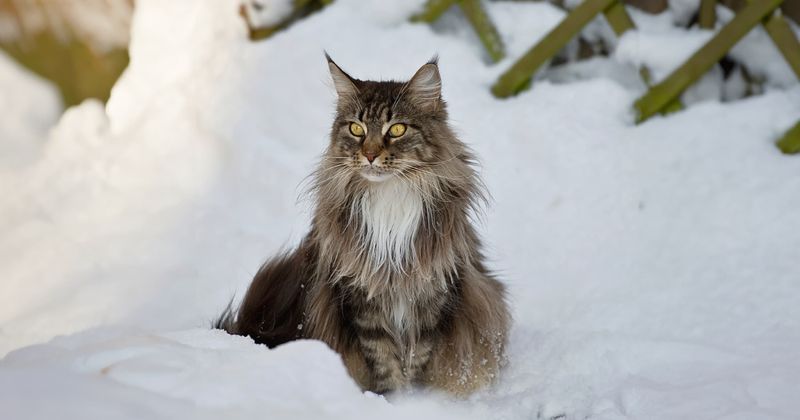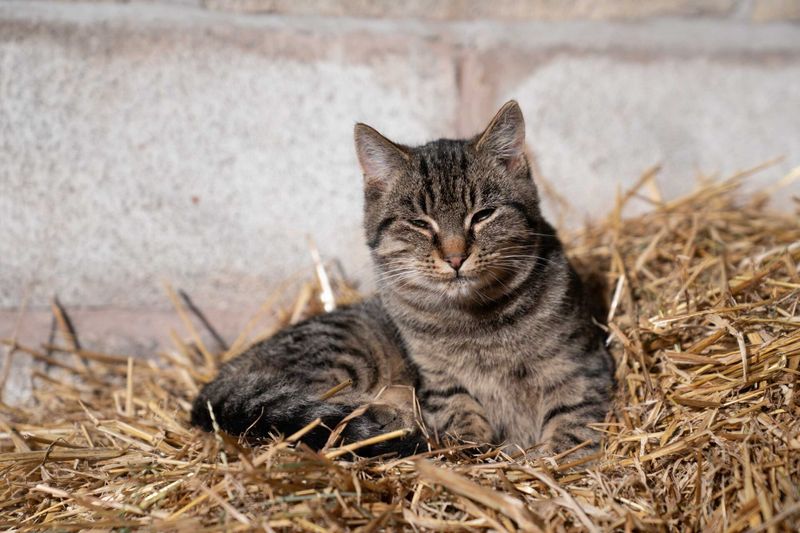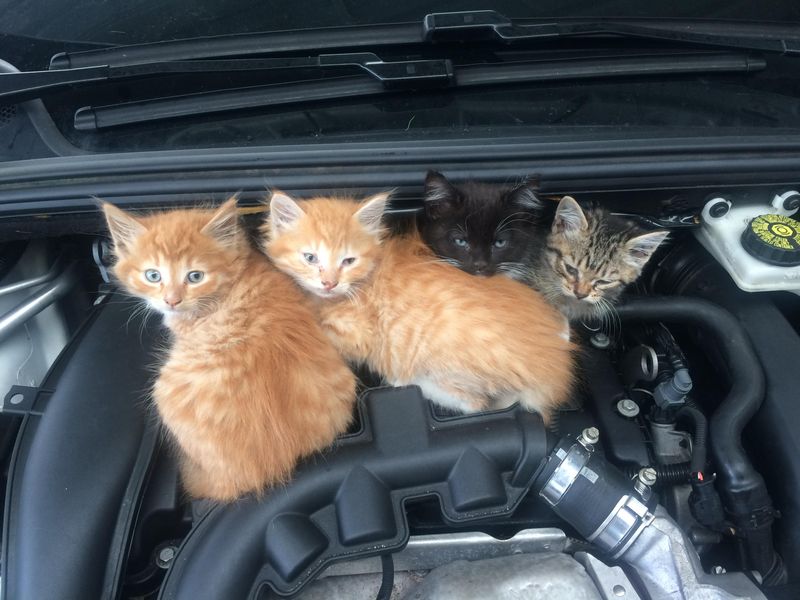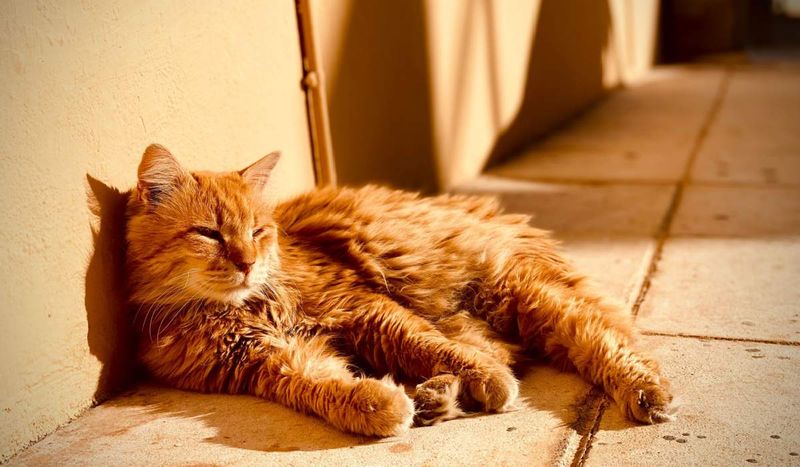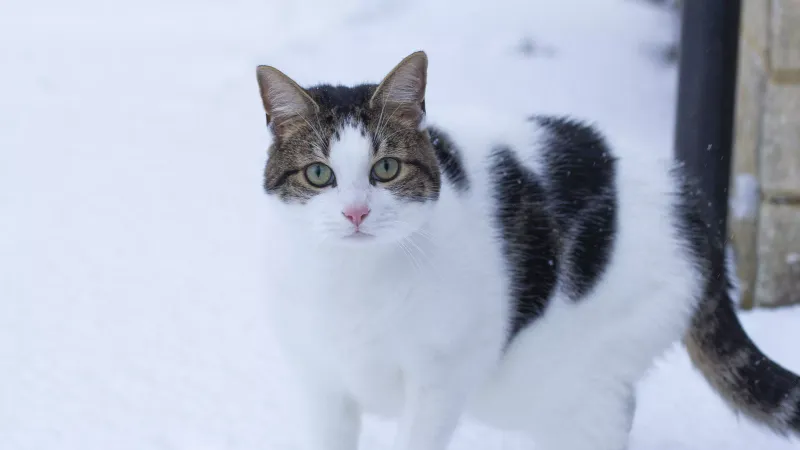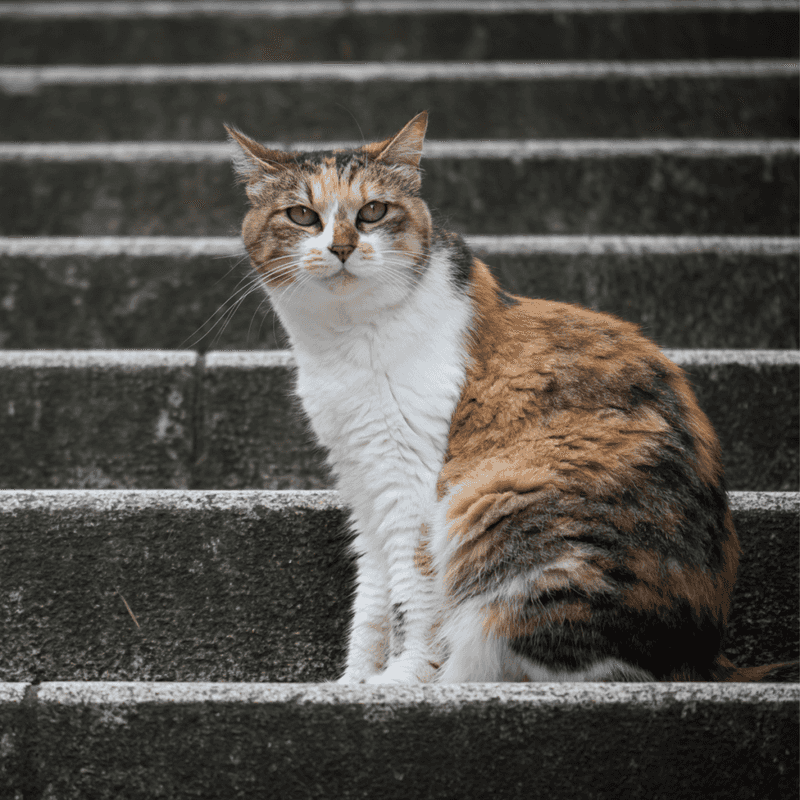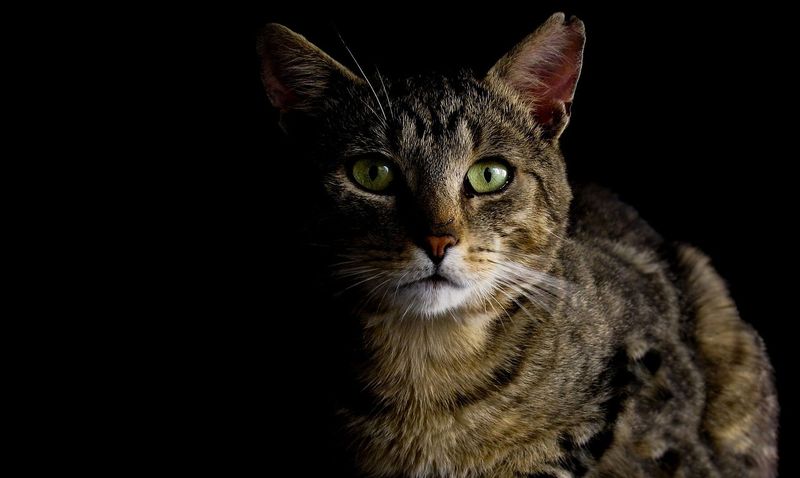📖 Table of Content:
- 1. Thicker Winter Coats
- 2. Growing Thicker Paw Pads
- 3. Seeking Warm Shelter
- 4. Curling Into a Ball
- 5. Huddling Together
- 6. Using Natural Insulation
- 7. Hunting for High-Calorie Food
- 8. Drinking from Unfrozen Water Sources
- 9. Licking Ice and Snow
- 10. Reducing Activity Levels
- 11. Utilizing Heat from Cars
- 12. Sunbathing for Warmth
- 13. Adapting to Snow and Ice
- 14. Surviving with Minimal Resources
- 15. Nighttime Movement
Outdoor cats are remarkable animals with extraordinary survival instincts, especially when faced with the brutal challenges of winter. As temperatures drop and food becomes scarce, these resilient felines rely on their natural adaptability to endure the cold. Their ability to find shelter, conserve energy, and seek warmth showcases their incredible resourcefulness.
Despite their independent nature, outdoor cats must overcome numerous obstacles to stay safe and healthy during the winter months. From growing thicker coats to seeking out hidden heat sources, they employ a variety of clever tactics to combat freezing temperatures. Even in the harshest conditions, their survival skills enable them to navigate snow-covered landscapes and withstand chilly nights.
Understanding how outdoor cats endure winter can give us a greater appreciation for their strength and determination. While they are naturally equipped to survive, many compassionate individuals and organizations step in to offer additional support. Join us as we explore 15 fascinating facts about how these incredible felines manage to stay warm, find food, and thrive despite winter’s icy grip.
1. Thicker Winter Coats
Outdoor cats develop a thick, insulating winter coat to brave the cold. This natural adaptation traps body heat, keeping them warm despite freezing temperatures. As their fur grows denser and longer, it acts as a shield against icy winds and snow, offering both warmth and protection. Beyond just insulation, their winter coat also repels moisture, ensuring their skin stays dry and cozy. This seasonal transformation is a crucial survival tactic, allowing them to stay active and resilient even in the harshest winter weather.
2. Growing Thicker Paw Pads
In winter, cats develop thicker paw pads that act as natural insulation against the cold. This adaptation helps them tread comfortably on snow and ice while shielding their paws from hidden sharp objects. As their pads thicken, they also become rougher, enhancing grip on slippery surfaces—crucial for outdoor cats navigating icy terrain. This seasonal change not only boosts traction but also lowers the risk of frostbite, allowing them to explore their surroundings with confidence and ease.
3. Seeking Warm Shelter
Finding warm shelter is essential for outdoor cats during winter. They seek out spots that offer protection from wind and snow, such as barns, garages, or specially designed outdoor cat shelters. These shelters provide a safe haven where cats can conserve body heat, evade predators, and rest comfortably. Materials like straw are often used as bedding, offering excellent insulation and moisture resistance. By choosing strategic locations for shelter, cats ensure they have a reliable place to retreat, which is critical for enduring long, cold nights.
4. Curling Into a Ball
Curling into a ball is an instinctive way outdoor cats conserve body heat in cold weather. By tucking their paws and tail close, they reduce heat loss and maximize warmth. This compact position minimizes exposure to the cold air, helping them retain energy in freezing temperatures. They often cover their face with their tail, creating a natural scarf that shields their nose and mouth from icy winds. This behavior is not just about comfort—it’s a survival tactic that allows them to endure harsh weather while staying as warm as possible.
5. Huddling Together
Outdoor cats often huddle together to share body warmth during cold weather. This communal behavior helps them maintain a stable body temperature and conserve energy. Huddling reduces heat loss by minimizing the exposed surface area to the cold. By sticking close, cats take advantage of shared body heat, which is particularly useful during frigid nights. This tactic not only fosters warmth but also strengthens social bonds among the cats. The practice of huddling emphasizes the collaborative spirit among outdoor cats, ensuring that they survive harsh conditions by sticking together.
6. Using Natural Insulation
To provide a layer of insulation against the cold ground, they often nestle among leaves, grass, and other foliage. This behavior helps them avoid direct contact with snow and frost. Natural insulation materials like leaves trap air, which acts as a barrier against cold temperatures. By choosing locations with ample natural cover, cats can create micro-environments that are significantly warmer than their surroundings. This strategy showcases their ability to use all available resources efficiently to maintain warmth.
7. Hunting for High-Calorie Food
To survive winter, outdoor cats hunt for high-calorie food sources that provide the energy needed to maintain body heat. Prey such as rodents offer concentrated nutrition vital for their metabolism. The increased caloric intake is crucial as it compensates for the extra energy expended in keeping warm. Hunting becomes a more frequent activity during colder months, requiring cats to be agile and strategic. This focus on high-energy food helps them endure the cold, as well-fed cats are better equipped to face winter’s challenges. Their hunting prowess is a key survival tool.
8. Drinking from Unfrozen Water Sources
Access to unfrozen water sources is vital for outdoor cats in winter. They seek out streams, puddles, or other water bodies that remain liquid despite the cold. Staying hydrated is essential for maintaining their health and energy levels. Dehydration can be a risk in winter, as cats may not recognize snow as a water source. By finding liquid water, they ensure their bodily functions operate smoothly. This necessity highlights the cat’s ability to adapt by locating reliable hydration options, which are as crucial as food in their survival strategy.
9. Licking Ice and Snow
In the absence of liquid water, outdoor cats may resort to licking ice or snow to stay hydrated. This behavior, though less effective, provides some moisture when other sources are inaccessible. Cats cautiously consume snow, aware that excessive intake can lower their body temperature. They typically lick snow off surfaces to minimize exposure to the cold. While not ideal, this method reflects their adaptability in harsh conditions. It serves as a temporary solution until they can access unfrozen water, ensuring they meet their hydration needs even in challenging environments.
10. Reducing Activity Levels
Cats often reduce their activity levels during winter to conserve energy. By limiting movement, they minimize energy expenditure, which helps maintain body warmth. Resting more frequently allows their body to focus on generating heat rather than burning calories unnecessarily. This behavior is akin to semi-hibernation, where energy is conserved for vital functions. The reduction in activity is a strategic choice, preserving their strength for essential survival tasks like hunting and seeking shelter. It demonstrates their instinctual knowledge to balance energy use against environmental demands.
11. Utilizing Heat from Cars
Cars provide an unexpected source of warmth for outdoor cats. They are often found resting on hoods or under vehicles, taking advantage of residual engine heat. This warmth is especially appealing during cold nights, offering a comfortable place to rest. However, it poses risks, such as being trapped or injured if the car moves. Despite these dangers, cats are drawn to the warmth, showcasing their opportunistic nature. It’s crucial for car owners to check for cats before starting their vehicles, ensuring mutual safety and continued warmth for these feline survivors.
12. Sunbathing for Warmth
Cats love sunbathing, even in winter. They instinctively seek out sunny spots to absorb warmth, which helps elevate their body temperature. This behavior is a natural way to harness solar energy, providing a temporary reprieve from the cold. Sunbathing also boosts their mood, making cold days more bearable. By strategically positioning themselves in sunlit areas, cats maximize their exposure to warmth without expending much energy. This simple yet effective method underscores their ability to use environmental resources to their advantage.
13. Adapting to Snow and Ice
Whether facing snow or ice, outdoor cats effortlessly adjust to their environment. Their keen senses and agility allow them to navigate slippery surfaces with ease. They adjust their gait to maintain balance, using their claws to grip icy terrain. This skill is critical for accessing food and shelter in wintry conditions. Their ability to adapt quickly to changing environments demonstrates their resilience. By learning to move confidently across snow and ice, cats ensure their survival and access essential resources, highlighting their instinctual prowess in overcoming winter challenges.
14. Surviving with Minimal Resources
Outdoor cats navigate the challenges of winter with remarkable resilience, using their sharp hunting skills and keen senses to locate food. With prey scarce and resources limited, they adapt by scavenging and expanding their territory, covering wide areas in search of sustenance. Their survival instincts allow them to endure harsh conditions, making the most of every opportunity to secure a meal. Despite the cold and food shortages, these resourceful felines persist, proving their ability to thrive even in the toughest winters.
15. Nighttime Movement
Outdoor cats often adjust their activity patterns during winter, becoming more active at night. This shift helps them conserve energy during the colder daytime hours, reserving their strength for nighttime hunting and exploration. By moving at night, they can take advantage of the slight rise in temperature and the quiet, undisturbed environment. This behavioral adaptation not only aids in their survival by improving hunting success but also minimizes their exposure to the cold when they need to rest.
